debrand
Dec 13, 2023
Recently it was brought to my attention ;-) that I write a lot about companies and ideas that are new to me, but what about the originals? What about the ones who have been doing this for years and who I’ve seen change and develop over that time? I take them for granted in my mind; I know about them, but maybe you do not. This week I write about one of the original vendors helping brands handle their unsellable inventory: debrand.
debrand is a Canadian company focused on sorting and repurposing brand-owned, unsellable apparel + accessories. They work with the likes of lululemon, Canada Goose and Everlane, (link) and they also process industrial uniforms. debrand was an early player in the sorting-for-next-highest-use industry and strives to authentically and continuously help build up the systems needed for this industry to thrive. We are still in the early innings!
What sets them apart:
1 - They work directly with and for brands, taking on returns, unsold and damaged inventory and finding the right next-best-use for those items. Different than just about every other sorting company, brands’ merchandise does not get added to vast quantities of other brands’ merchandise in the sorting process; it stays separate until it is sent to it’s next highest use.
2- They process mostly pre-consumer product: items that have not be worn or used by a customer. They handle some post-consumer product gathered through branded take-back programs, but that is a small % of their overall volume.
3- Transparency. Because debrand is only handling one brand at a time, they can sort for multiple value streams (resale, repair, mechanical recycling, advanced recycling, downcycling) and send the textiles directly to those processors. They can confidently share what volume of items went to which processor. It’s worth calling out that the fashion industry does not currently have any transparency requirements, which it should, and in this absence some brands (like Everlane) have made transparency a huge part of their brand value proposition.
Important context: let’s say a brand has 10,000 pieces of damaged goods they want to move on to the next highest value (resale, upcycling, recycling, etc). Most existing collectors and sorters will happily take on that volume and sort it for next highest value (so they can get the most financial benefit), but they will not be able to report back to the brand with certainty on what exactly happened to that brands 10,000 items. They can tell the brand their average % of items sent to resale markets, recycling markets and downcycling, but they usually cannot say what specifically happened to those 10,000 items. I’m not saying this is bad, it’s just a reality of how the post-consumer textile market works today. It is not inherently very transparent, and the more transparency you want, the higher the price to sort your goods.
IF a brand wants to know exactly what’s happening to their product, they will have to pay a bit more and work with a company like debrand. This is actually how debrand got its start with its first brand client who didn’t want to work with the existing system and it’s lack of transparency; they wanted more transparency and that’s debrand specialty.
How they work with a brand:
Brands send debrand the product categories they need help with on an ongoing basis. Examples include: returns that can’t go back into full price inventory, unsellable deadstock that the brand doesn’t want going into the resale market, damages that cannot be sold, items coming back through a post-consumer takeback program.
In the early stages of the partnership debrand receives the product and sorts it by condition. For example, they may find that 50% of what they receive is in great condition and resellable, 10% is repairable, 20% is damaged beyond repair and can be mechanically recycled, 20% is damaged beyond repair and needs to be downcycled, and 10% is actually garbage because it was co-mingled with actual garbage or has some kind of unresolvable damage like grease stains.
debrand would share all of this with the brand and work with the brand to suggest and select the right vendor partners for each of these categories. For example,
Resellable product: this may spark a conversation with the brand about starting a resale program if they don’t have one already. Or, they could sell or donate these items to a reseller.
Repairable product: this product can be resold or reused if it gets a small repair. debrand can suggest repair partners for the brand to work with, some who focus exclusively on repair and some who offer multiple services including repair and resale operations.
Damaged product for mechanical recycling: this could be sent to a variety of mechanical recyclers and debrand would help the brand understand the vendor, landscape, cost, freight, etc.
Damaged product for downcycling: same as mechanical recycling.
Actual garbage: while this is usually a very small percentage, it is a reality to be acknowledged. Currently, I think true textile garbage is either thrown away or burned.
In summary, debrand job is to properly assess the textile markets and to find reuse opportunities and recycling channels for brands. They don’t send any waste overseas, it’s all sorted at their facilities and they control what happens to it.
Here’s a quote from their site about their partnership with lululemon. It gives a good sense of scope for their work together.
Through our longstanding partnership with lululemon, we’ve helped establish next-life solutions for their suite of products. We work with our trusted network of solution partners to recycle apparel into product insulation, stuffing for mattresses, furniture and sporting equipment;to turn damaged and excess footwear into stable comfort pillows and blow-in insulation; and to transform yoga mats into equestrian footing. By partnering with lululemon to spearhead textile-to-textile recycling technologies and run circularity trials, we’re working together to advance the apparel industry’s circular ecosystem.
Operations
debrand has operated out of Canada since 2008. They opened an automated warehouse in British Columbia in 2023 that will feature cutting edge automation software and hardware built to enable circularity at scale. This type of investment in the infrastructure aids to more efficiently identify, sort and pre-process apparel items and is an essential component of the reverse logistics eco-system, or what debrand has coined “Next-Life Logistics”. They received an investment in 2022 from WM (previously known as Waste Management), an American collection and recycling company, and Amelia, debrand’s CEO says she finally knew how to spend the money: the future is preparing feedstock for advanced recycling. In 2024, they will be opening a second automated sorting facility in Ohio (an interesting nexus of circular operations which I’ve called out previously!) to complement their WM-owned partner sorting centers in South Carolina and Arizona. I agree about the future being focused on recycling, and there are many businesses pursuing this idea right now. Sometimes I get the sense that we are chasing each other around having very similar conversations.
Recycling Feasibility
When I spoke with Amelia, she stressed that while it is great to see new companies offering complementary services to debrand, there is a real greenwashing and over-selling around how ‘simple’ it is to ‘recycle’ garments, and she is right! As I have shared in previous posts, about 15% of textile waste is reused at all, and about 1% of that is recycled through advanced technologies. It clearly isn’t as easy as some say. Somehow it has become normal to talk about having garments ‘recycled’ when in reality a tiny fraction of unsold and discarded apparel globally is actually recycled. Yes, we are making progress with the advancement and growth of the recycling textile supply chain including pre-processors, advanced recyclers and brands’ willingness and sometimes eagerness to buy recycled materials, but it is not helpful to have some companies out there selling the ‘recycling of all product’ when in reality that is not at all possible given the technology and scale available today. What is possible is processing and sorting for the ‘next highest value’, which is what debrand and most other sorters actually do. The rub comes when brands’ expectations have been set around the misconception of the ease of recycling. (To be fair, I think this is what happens in most forming and highly-competitive industries.)
debrand’s goal is to help educate their customers by being as transparent as possible. They also want to collaborate within the industry and acknowledge that there is more than enough product to go around; there is actually much too much, but that’s another conversation.
I hope you enjoyed this profile on an important member of the textile circular supply chain.
The Untangling Circularity Podcast
This week’s release is “Resale’s Impact on Charity Donations” with Steven Bethel of Bank and Vogue, Tonny Colyn of The Salvation Army Thrift Store, and Daniel Rodriquez of Housing Works. This was an incredible panel to moderate and I hope you will have a listen to think about how the changing resale landscape is also effecting the original post-consumer textile stream: donations for charities.
Listen here for spotify ——- here for iTunes.
Until next week- ciao!

